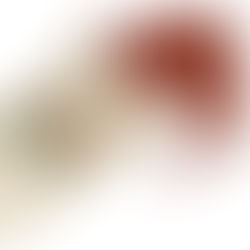

Periwinkle Snails
The white shells of the marsh periwinkle snail, Littoraria irrorata, are hard to miss on marsh sediments in winter and on the stems of...


Oysters: Food and Fortress
The most abundant bivalve in southern estuaries is the American, or eastern, oyster, Crassostrea virginica. Its gray shell is easily...


Salt Marsh Grass is One Tough Plant
The great flats of salt marshes, green in summer, golden in fall, are an impressive feature of the Georgia coast. Two-thirds to...


Marshes of Glynn
Not many landscapes have had a famous poem dedicated to them. One such, of course, are the Golden Isles of the Georgia coast: sea islands...


Water Babies
A 19th century children's book: 'The Water-Babies, A Fairy Tale for a Land Baby,' written by the Reverend Charles Kingsley, was popular...


Jellyfish Ocean
Jellyfish are abundant along the Georgia coast. These pulsing bells are among the most primitive animals on earth. Their simple nervous...


Microscopic algae in coastal food webs
Cordgrass, Spartina alterniflora, is the most visible plant in Georgia salt marsh estuaries. Scientists initially thought that decaying...


Georgia fiddlers (crabs, that is)
These small crabs, scuttling in large 'herds' across the marsh at low tide, are among the most conspicuous invertebrates in Georgia salt...


Marsh Mud and Mummichogs is published
My book on the natural history of the Georgia coast: Marsh Mud and Mummichogs, is finally published and is now available as a hardback or...































